Ancient Trade Routes in the Mediterranean
Corinthian Helmet Distribution: Greek Maritime Trade Networks (8th-5th Century BC)
The archaeological distribution of Corinthian helmets across the Mediterranean and Black Sea, reveals the reach of Greek trade and cultural influence from the 8th to 5th centuries BC.
By Nick Nutter on 2025-11-20 | Last Updated 2025-11-20 | Ancient Trade Routes in the Mediterranean
This article has been visited 312 times

Corinthian Helmet 500 - 475 BC - Museum of Corinth
What are Corinthian Helmets?
The Corinthian is often seen as a symbol of Greek hoplite warfare. Though mainly designed as practical and necessary protection for hoplite infantry, and produced in large numbers, it also served as a significant status symbol throughout the ancient world. The widespread archaeological finds of this helmet, especially from the Archaic to Classical periods (around the 8th century BC and after), illustrate how far Greek trade and cultural influence reached, spreading across the Mediterranean from the Black Sea all the way to Spain.
The ancient Greeks themselves did not use the term “Corinthian” to describe this specific helmet type. They simply referred to them as a type of kranos (helmet).
The modern designation "Corinthian helmet" was coined by archaeologists and historians in the 19th and 20th centuries. They assigned the name because the helmet type was frequently depicted on Corinthian pottery and was strongly associated with the city of Corinth in the Peloponnese, which was a major centre for bronze working and military innovation in the Archaic period.
Do you enjoy my articles? For your reading pleasure, this website does not carry third party ads. You could help me write more articles by buying me a cup of coffee.
Centres of Manufacture of the Corinthian helmet


Apulo-Corinthian style
While we don't have any fully preserved, large-scale workshops specifically dedicated to helmet production, archaeological evidence and inscriptions point strongly to two primary centres of manufacture.
Corinth: The city of Corinth in the Peloponnese is widely considered the original and most prolific centre of Corinthian helmet production during the Archaic period (c. 750–480 BC).
This supposition is supported by the sheer number of early, high-quality helmets found in nearby sanctuaries like Olympia, and the city's known expertise in bronze casting.
Early helmets from this region set the characteristic, fully enclosing style that defined the type.
Magna Graecia (Southern Italy and Sicily): The extensive Greek colonies in Southern Italy and Sicily quickly became vital secondary centres for helmet production, particularly from the late 6th century BC onwards.
The development of the distinct Apulo-Corinthian style, a derivative often depicted as worn jauntily pushed back on the head, confirms local adaptation and large-scale manufacturing capacity. Finds across Apulia, Campania, and Sicily include both imported Greek originals and locally made variants.
Taras (Tarentum), Syracuse, and potentially other large colonial centres would have housed the necessary metallurgical workshops.
Other Secondary Centres: Given the widespread distribution of the helmet, other wealthy Greek city-states and allied regions almost certainly had local workshops producing the helmets or heavily customizing imports.
Argos is another strong candidate in the Peloponnese, known for its military strength and bronzeworking tradition.
The Etruscans in Etruria, central Italy, adopted the helmet style, resulting in the "Etruscan-Corinthian" type. They had sophisticated bronzeworking centres to manufacture the helmets for their own use and for trade.
Distribution of the Corinthian helmet


Hermione style Corinthian helmet
Mainland Greece (Origin and Primary Concentration): Numerous examples have been excavated at Olympia, often as dedications or offerings to the gods, suggesting the importance of the sanctuary as a site for display and ritual. (e.g., A helmet dedicated by the Argives to Zeus after a victory over the Corinthians was found here.)
A bronze Corinthian helmet dating to around 500 BC was found in a warrior's tomb in a cemetery at Agia Paraskevi, Thessaloniki, in Northern Greece.
Magna Graecia and Italy: The helmet was exceptionally popular in the Greek colonies of Southern Italy (Magna Graecia) and Sicily, where it evolved into variant forms.
A late Corinthian-type helmet and greaves were found in a tomb at Montagno di Marzo on Sicily.
Apulia in southern Italy developed the Apulo-Corinthian style, which was often fashionably worn tipped back on the head like a cap and remained in use until the 1st century AD.
Examples of Corinthian helmets are generally widespread across Italy.
The Black Sea Region (Scythia): An ancient Greek Corinthian helmet (Hermione-type, early 5th century BC) was found in a grave on the Taman Peninsula in southwest Russia, the only known example of its kind found north of the Black Sea.
The Levant (Israel): A well-preserved 6th century BC example from Haifa Bay, Israel shows the helmet’s presence in the Eastern Mediterranean, likely used during major conflicts such as the Persian Wars.
Other Mediterranean Sites: Examples have also been excavated in Sardinia, Serbia, Bulgaria, Romania, the Crimea, Crete, and Egypt.
Corinthian helmets on the Western Frontier (Iberian Peninsula)


The Jerez helmet - Archaeological Museum of Jerez de la Frontera
The southern Iberian Peninsula marks the western edge of this distribution, revealing important evidence of commercial and cultural exchanges. Four Corinthian-type helmets from the 7th and 6th centuries BC found here were made in the Peloponnese and Magna Graecia.
The context of these finds challenges the notion of direct Greek warrior presence, instead linking the helmets to local elites and demonstrate a progression in style and chronology.
Guadalete River (Cádiz): Discovered in 1939 near La Corta, at the mouth of the Guadalete River (Jerez de la Frontera, Cádiz), this helmet is classified as Stufe II and likely made in the Greek Peloponnese in the early 7th century BC. Like the Huelva helmet (see below), its placement in the river is seen as a ritual offering rather than a result of battle.
The helmet is displayed at the Museo Arqueológico Municipal de Jerez de la Frontera (Jerez, Cádiz).
Ría de Huelva (Huelva): This classic Corinthian helmet, manufactured in the Peloponnese or Magna Graecia, was discovered during dredging operations in the port of Huelva in 1930 AD. The find is sometimes, wrongly, associated with the ‘Huelva Hoard’ that was found nearby. The Huelva Hoard is a late Bronze Age/early Iron Age c. 1000–800 BC deposition. The helmet is generally thought to be an offering or dedication, a practice seen in other water-related finds. It features light decoration, including circles, palmettes, and lotus flowers, and is considered to be B2 Pflug type dating to the late 7th to mid-6th Century BC.
The helmet is preserved in the collection of the Real Academia de la Historia (Royal Academy of History) in Madrid.
Guadalquivir River (Cádiz): This helmet was acquired during the 1970s AD by a private collector from an antique shop, reportedly found near the mouth of the Guadalquivir River, close to Sanlúcar de Barrameda (Cádiz). It is sometimes classified as an Etruscan-Corinthian production dating to the mid-6th century BC, indicating influences from Magna Graecia. The context is presumed to be similar to the other river finds. The helmet was not necessarily acquired directly from a Greek colony, but rather from intermediaries, like the Etruscans or Phoenicians, who themselves were manufacturing Greek-style armour.
The helmet is currently held in a private collection and is not on public display in a museum.
Malaka (Málaga): Found towards the end of the 20th century AD, this Corinthian helmet (Lotusblüten-Gruppe style), manufactured in the Peloponnese or Magna Graecia, is also dated to the mid-6th Century BC. It was found during an excavation in the Phoenician colony of Malaka (Málaga), this helmet was part of the grave goods for a man buried inside a cist (stone box). This is a crucial difference from the others, placing it within a colonial funerary setting, and suggests it was a high-value object owned by an elite member of the Phoenician community. It had decoration including a palmette, two snakes, and birds.
This helmet is displayed at the Museo de Málaga (Málaga Provincial Archaeological Museum).
References


The Malaga Corinthian helmet - Museo de Málaga
Borangic, Catalin & Josanu, Vitalie. (2022). A Greek Corinthian helmet accidentally discovered in Iași county, Romania. Journal of ancient history and archaeology. 9. 10.14795/j.v9i1.742.
Graells i Fabregat, Raimon. (2014). Discos Coraza de la Península Ibérica.
Martín Ruiz, J. A., & García Carretero, J. R. (2018). Greek Armament from the South of the Iberian Peninsula during the 1st Millennium BC. Athens Journal of History, 4(4), 279-294.
Paipetis, S. & Prag, AJNW (John) & Garner, R. & Pantos, Emmanuel & Bennett, S. & Mosselmans, J.Fred & Tobin, Mark & Kockelmann, Winfried & Chapon, L. & Salvadó, Nati & Pradell, Trinitat. (2009). How the Greeks Got Ahead: Technological Aspects of Manufacture of a Corinthian Type Hoplite Bronze Helmet from Olympia. 10.1007/978-1-4020-8784-4_14.
van den Eijnde, Floris. (2010). The forgotten sanctuary of Zeus on Mount Parnes.
Do you enjoy my articles? For your reading pleasure, this website does not carry third party ads. You could help me write more articles by buying me a cup of coffee.
 1: Overland Trade Routes to the Mediterranean
1: Overland Trade Routes to the Mediterranean 2: First Voyages on the Mediterranean Sea
2: First Voyages on the Mediterranean Sea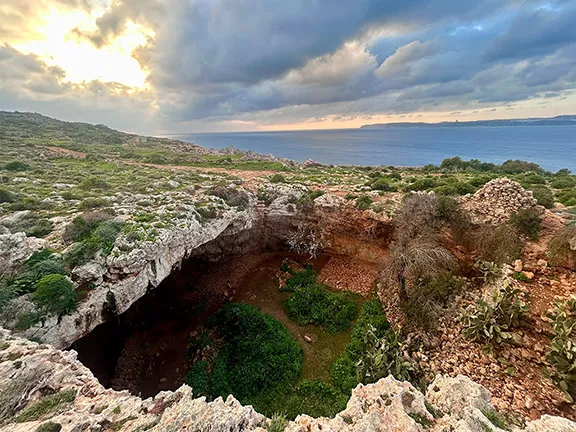 3: Mesolithic Voyages to Malta c 6500 BC
3: Mesolithic Voyages to Malta c 6500 BC 4: Neolithic Maritime Networks
4: Neolithic Maritime Networks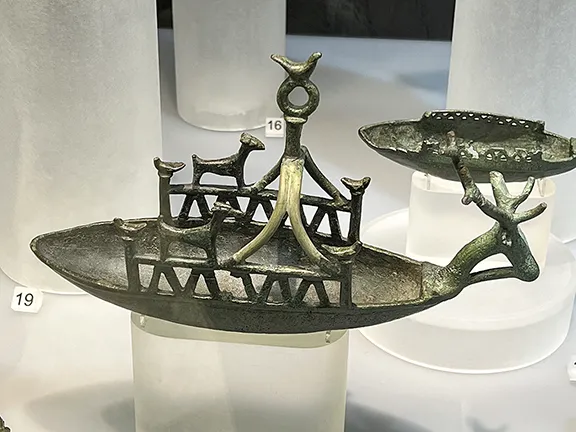 5: Bronze Age Maritime Networks in the Mediterranean
5: Bronze Age Maritime Networks in the Mediterranean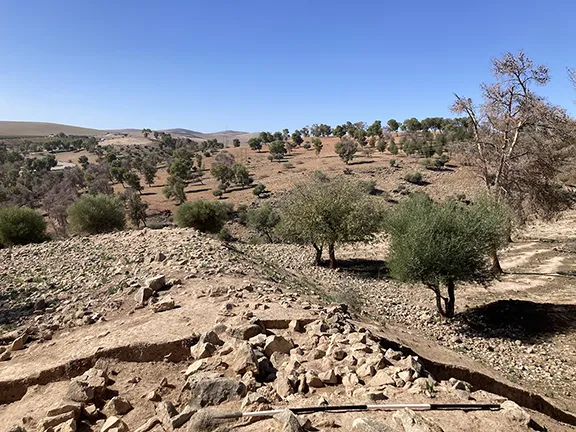 6: Morocco to Iberia during the Bronze Age
6: Morocco to Iberia during the Bronze Age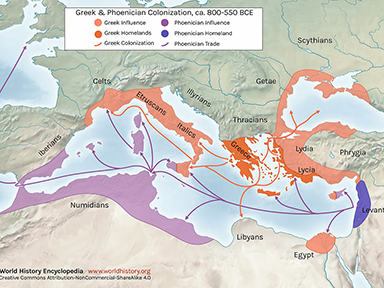 7: Areas of Influence Mesolithic to Romans
7: Areas of Influence Mesolithic to Romans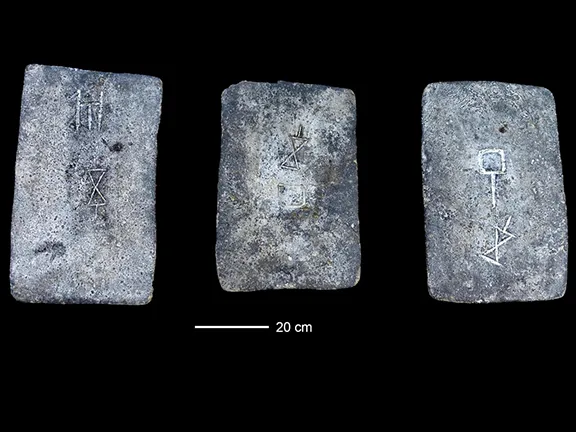 8: The Tin Roads
8: The Tin Roads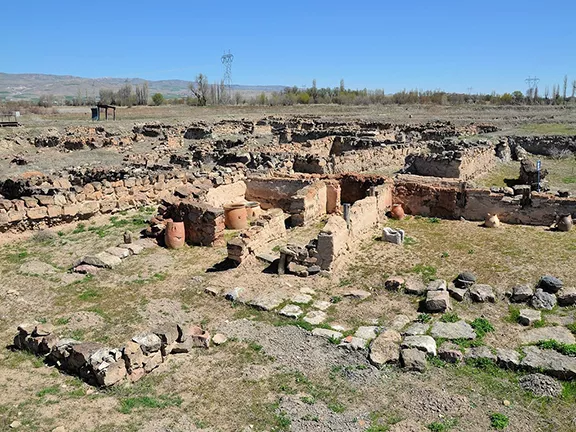 9: The Karum of Kanesh c 1920 - 1850 BC
9: The Karum of Kanesh c 1920 - 1850 BC 10: Mediterranean Bronze Age Economies
10: Mediterranean Bronze Age Economies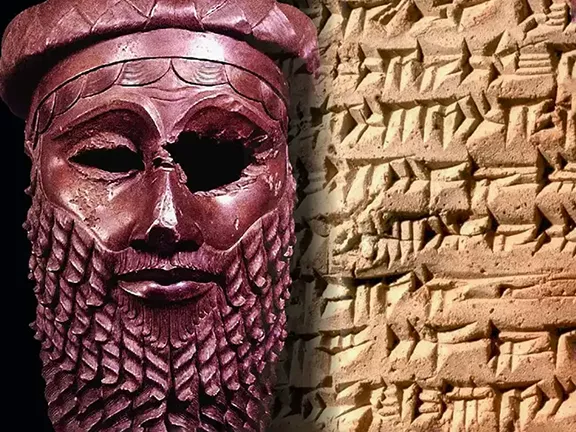 11: Postal Services during the Bronze and Iron Ages
11: Postal Services during the Bronze and Iron Ages 12: The Start of Mediterranean Trade Wars
12: The Start of Mediterranean Trade Wars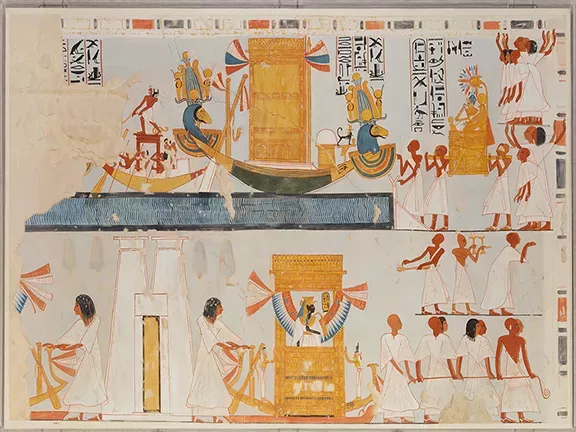 13: The Voyage of Wenamun c 1075 BC
13: The Voyage of Wenamun c 1075 BC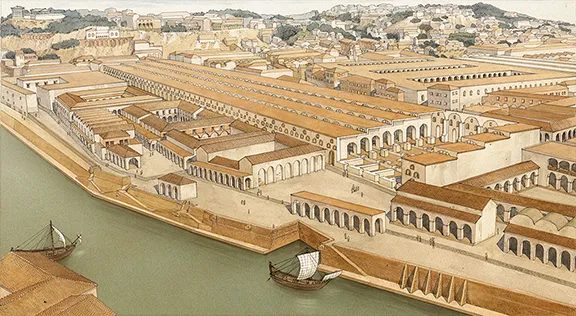 14: From Trading Post to Emporium
14: From Trading Post to Emporium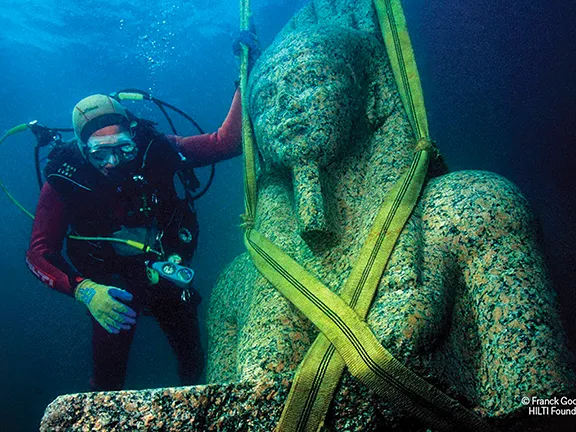 15: The Greek Emporium of Thonis-Heracleion
15: The Greek Emporium of Thonis-Heracleion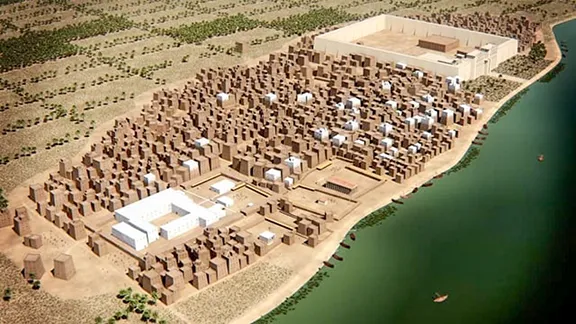 16: The Greek Emporium of Naukratis
16: The Greek Emporium of Naukratis 17: The Greek Emporium of Empuries
17: The Greek Emporium of Empuries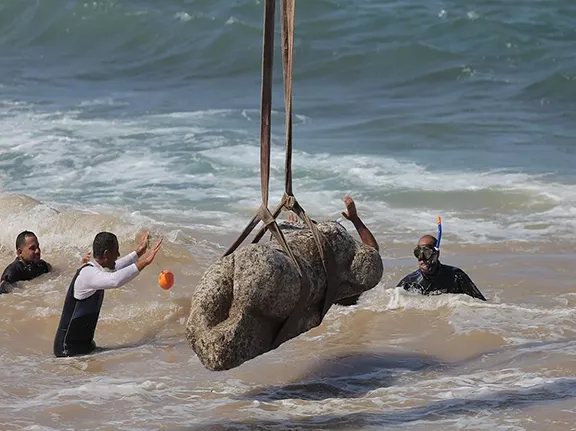 18: Canopus in Ancient Egypt
18: Canopus in Ancient Egypt 19: The First Trade Wars 580 - 265 BC
19: The First Trade Wars 580 - 265 BC 20: Exploring new Trade Routes with Pytheas
20: Exploring new Trade Routes with Pytheas